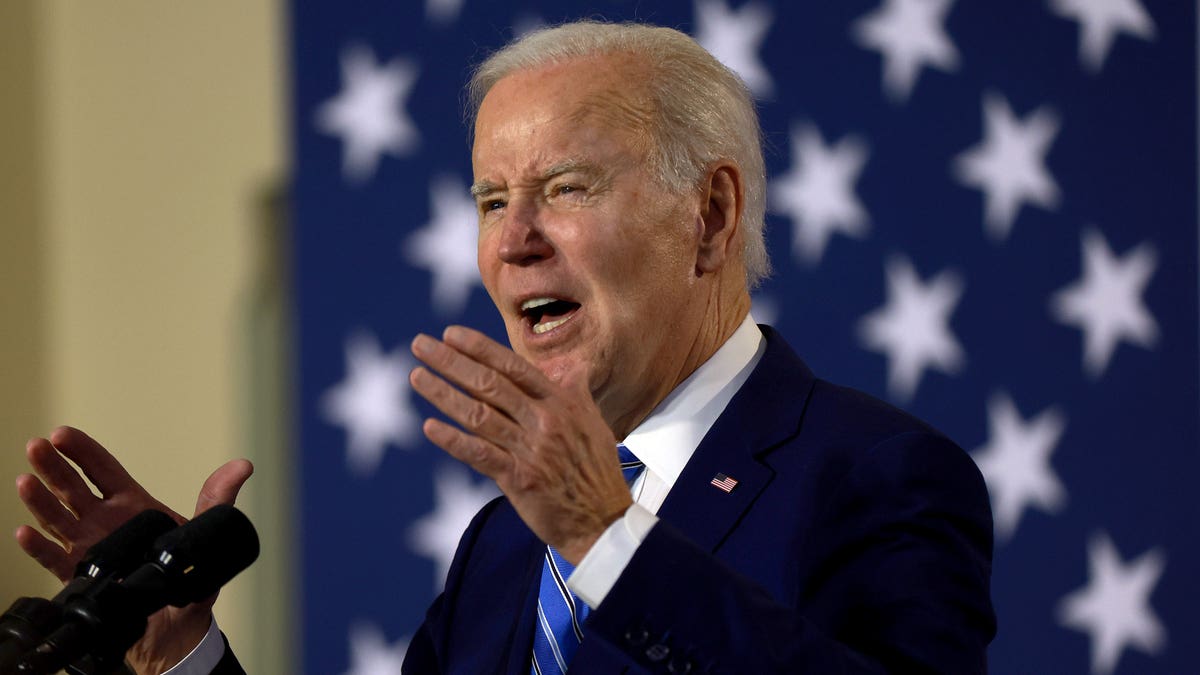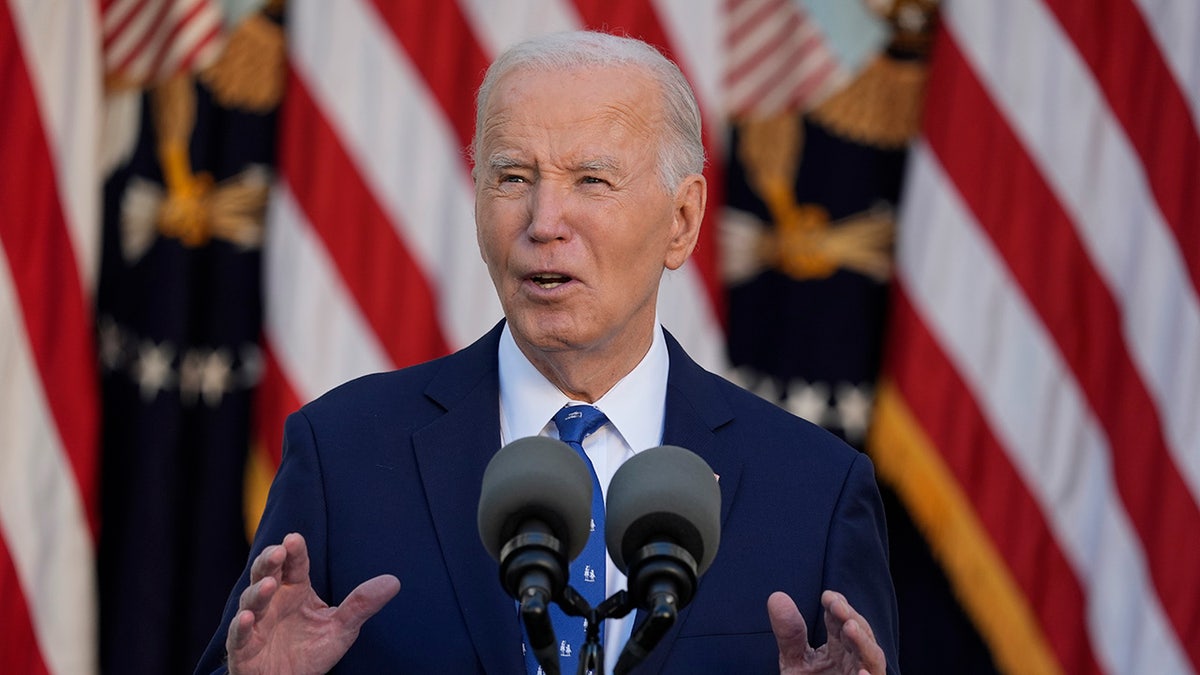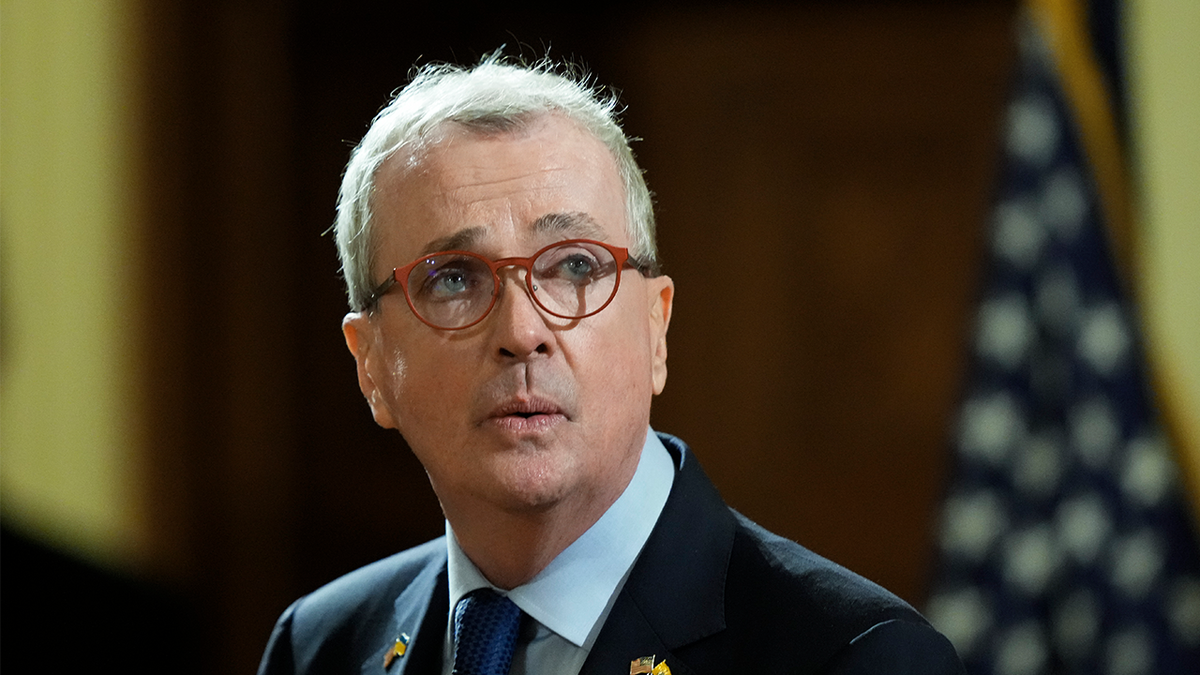Reports of fierce fighting emerge from both Moscow and Kyiv, marking the commencement of Ukraine's highly anticipated counteroffensive. The involvement of German and U.S.-supplied armor signifies a critical phase in the conflict, although independent verification remains challenging due to limited access to the front lines.
While Russian President Vladimir Putin acknowledges the offensive's start, he claims Ukrainian forces have not achieved their objectives. Ukrainian President Volodymyr Zelenskyy, in turn, has confirmed discussions with military leaders regarding tactics and progress, offering praise for the soldiers' heroism but remaining tight-lipped about specific details.
This counteroffensive is expected to deploy thousands of Ukrainian troops equipped and trained by Western allies. The United States has recently announced an additional $2.1 billion in security assistance, which encompasses air defense systems and ammunition. Russia, having fortified its defenses over several months, asserts successful repulsion of attacks, while Kyiv maintains that the primary offensive thrust is yet to commence.
Intense clashes are reported near Orikhiv on the Zaporizhzhia front, a strategically crucial point on the "land bridge" connecting Russia to Crimea. Sightings of German Leopard tanks and U.S. Bradley armored vehicles near Tokmak, if verified, would indicate the engagement of Western-trained Ukrainian brigades. Ukraine has prepared 12 brigades, totaling 50,000-60,000 troops, with nine of these brigades having received Western training and weaponry.
Military analysts suggest Ukraine has strategic flexibility in deploying its forces, aiming to maintain tactical surprise and keep Russian forces off balance. The Russian defense ministry claims to have repelled multiple Ukrainian assaults in the Zaporizhzhia region. The southern front is anticipated to be the focus of Ukraine's main push toward the coast.
Simultaneously, the destruction of the Kakhovka dam has triggered a major humanitarian crisis, forcing thousands to evacuate flooded areas and causing widespread environmental damage. Kyiv attributes the dam's destruction to a Russian sabotage group, supported by an intercepted phone call recording. Moscow, however, blames Ukraine for the disaster. Western nations are investigating the incident but suggest Ukraine had no motive to inflict such devastation, especially during the launch of its counteroffensive.
Rescue operations are underway in flooded areas, with residents being evacuated by boat. The UN reports limited access to Russian-controlled areas, while thousands are affected in Ukrainian-controlled territories. Mutual accusations of shelling across the Dnipro River continue, hampering rescue efforts. The Ukrainian general staff reports numerous armed engagements, air strikes, and shelling incidents, resulting in civilian casualties and infrastructure damage. Ukraine also claims to have conducted air strikes but provides no details on frontline movements.
Further complicating the situation, reports emerge of Ukrainian drone strikes within Russia, targeting Voronezh, Belgorod, and Kursk, causing injuries and damage. Kyiv has not commented on these reports.

Communal employees work on a site of an overnight explosion in the centre of Kharkiv on June 6, 2023, following missile strike, amid the Russian invasion of Ukraine. (Photo by SERGEY BOBOK/AFP via Getty Images)








